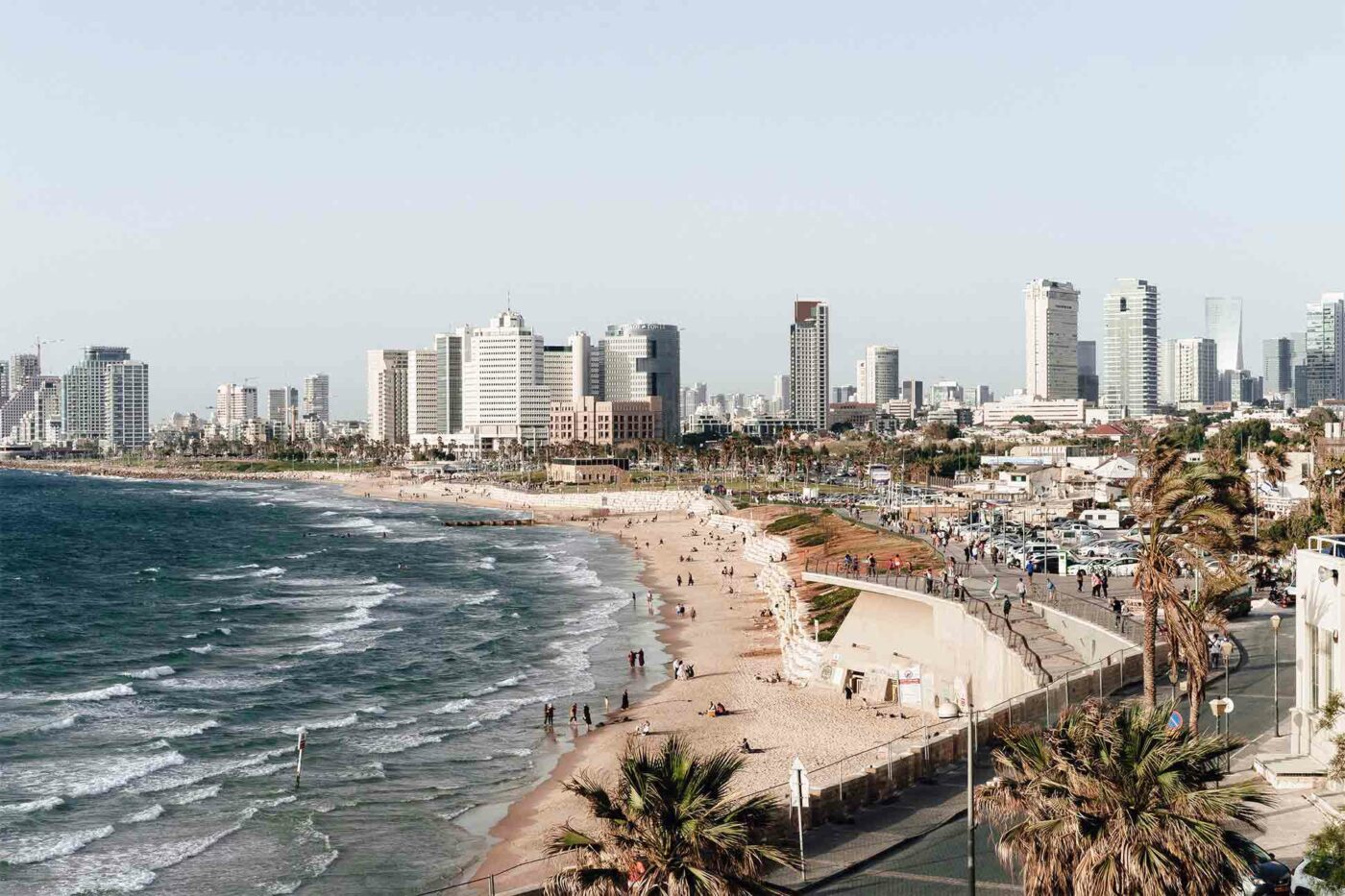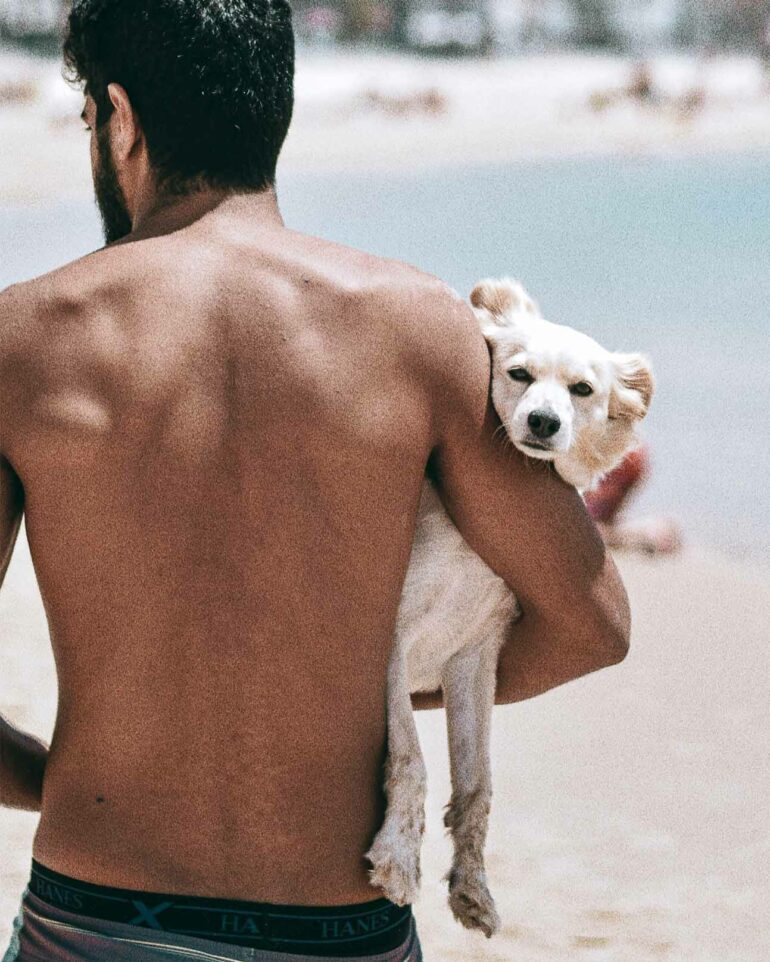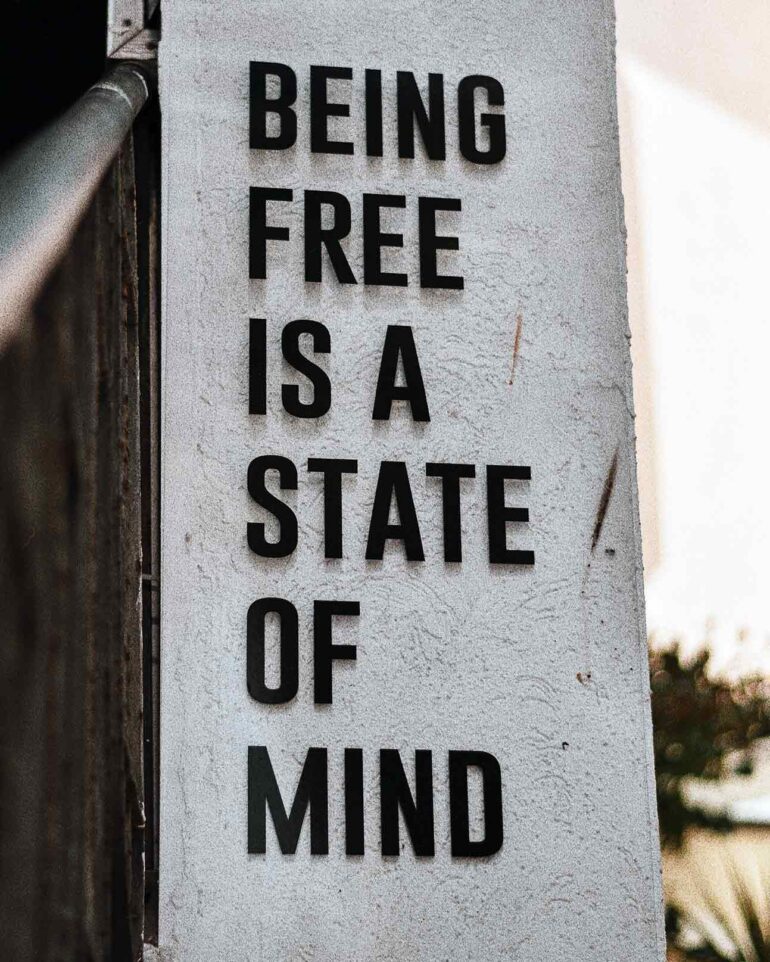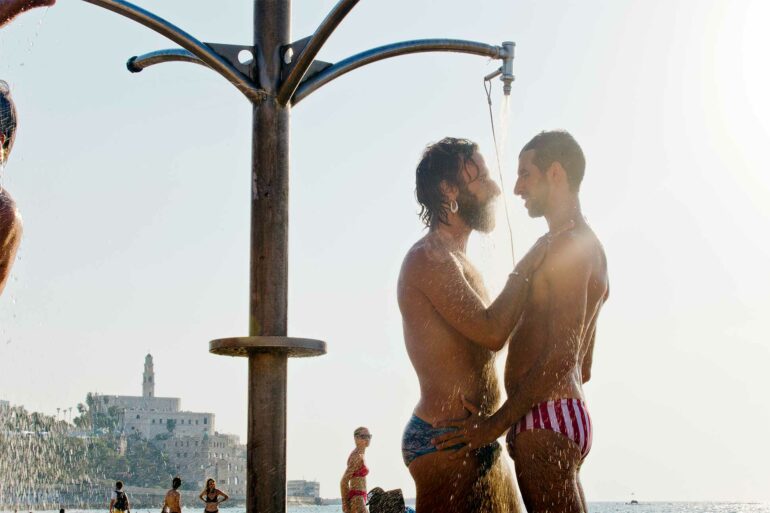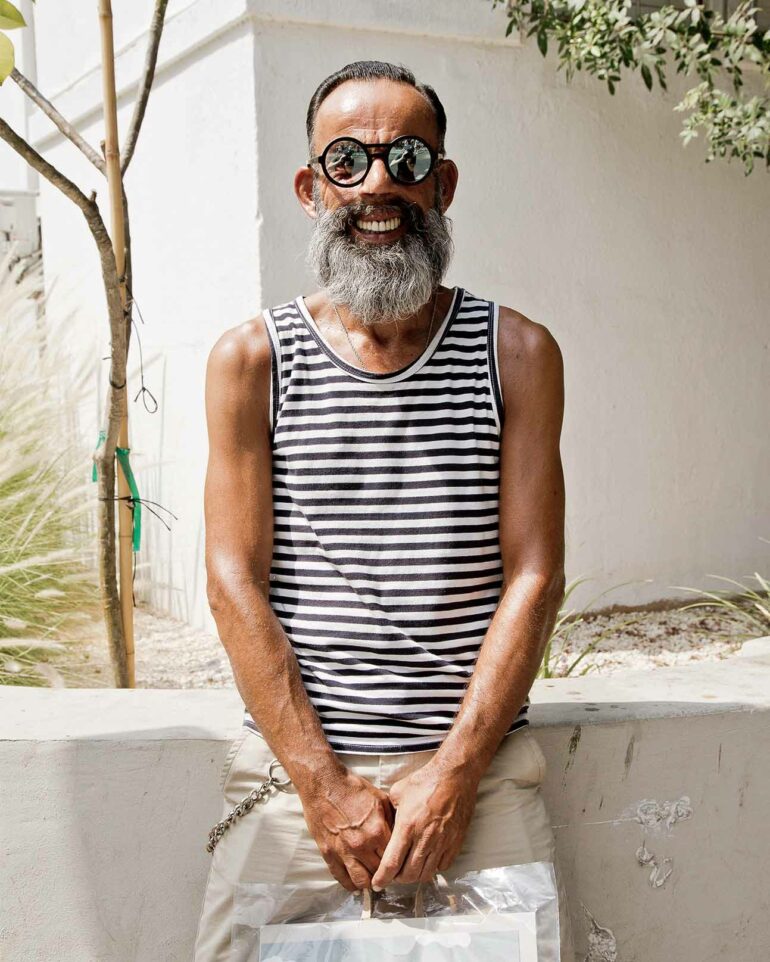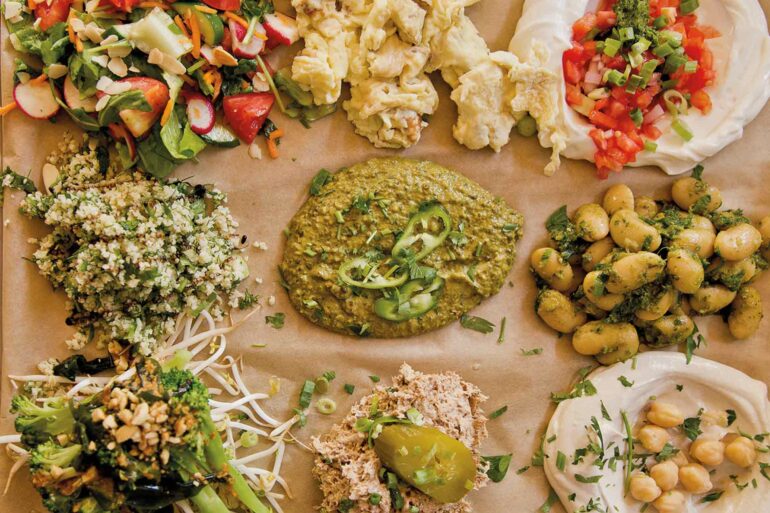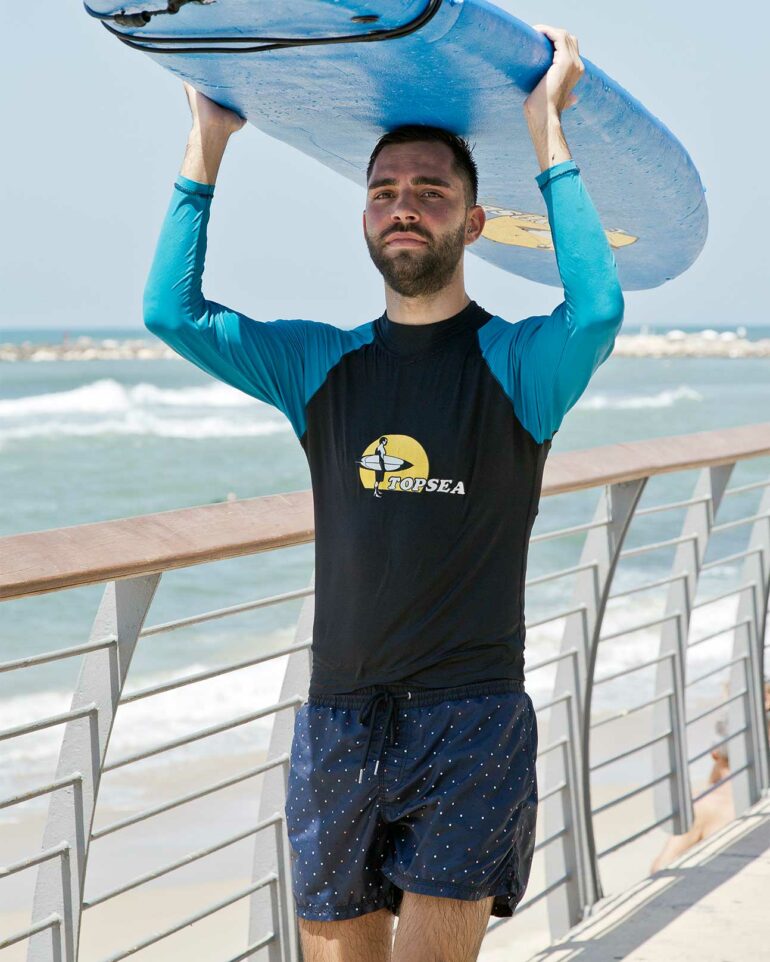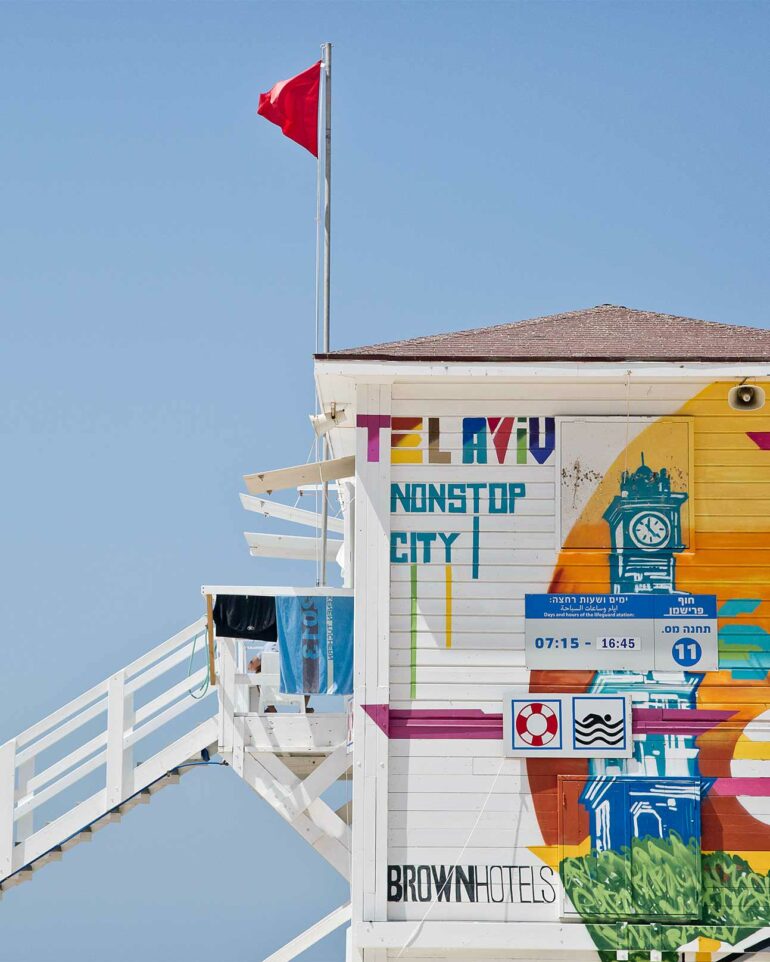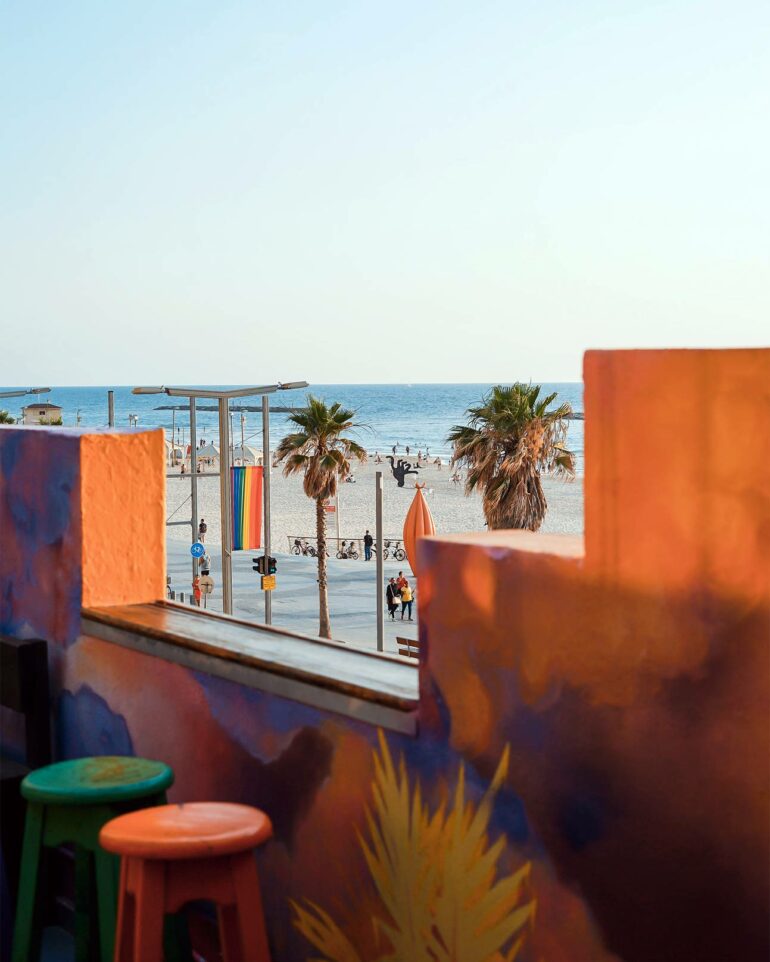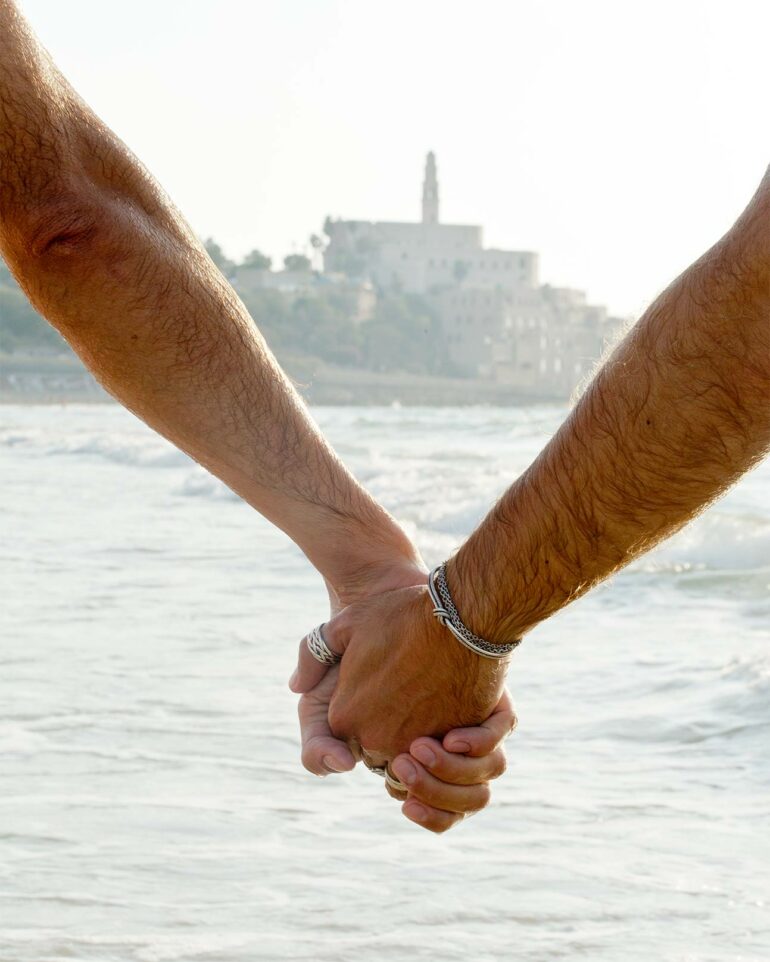Incredible nightlife, dreamy beaches, welcoming inclusivity… Tel Aviv is a magnet for year-round revelry. We throw ourselves into the party spirit and consider what gives this strand of hedonism its distinctly Israeli flavour.
This year in Tel Aviv, Purim celebrations were a much lower-key affair than its usual jubilant, city-wide knees-up. Though this didn’t stop many from opting for full fancy-dress at home and creating virtual festivities in place of the traditional feasts and parade-like revelry of non-pandemic times. In a way, it reached more people across the world than ever before, via social media and Zoom-room greetings, as Israelis spending it at home realised they could share its merriment with friends abroad. I
certainly saw much more of it than before.
For the uninitiated – and through my gentile eyes – Purim is kind of a Thanksgiving-Halloween fusion, rejoicing in the anniversary of the saving of the Jewish people from the ancient Persian empire. Wrapped up in the folklore is masquerading, alongside jestful, often exaggerated humour and fanciful plot twists in its story, passed down through generations. Relishing that very spirit, Purim has always included costumes and partying, and today – as you can imagine with anything that includes drinking and dressing-up – the LGBTQ+ community has adopted it as their second Pride celebration.
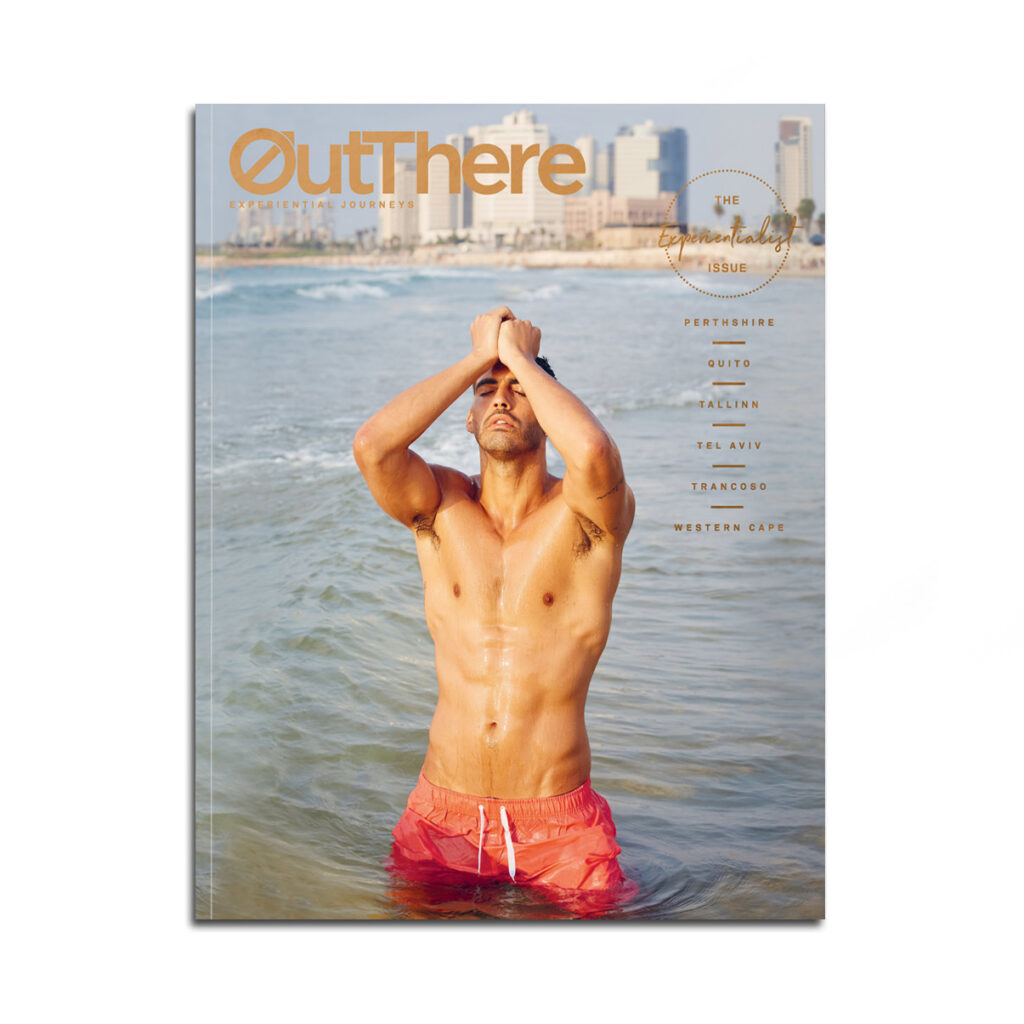
This story first appeared in The Experientialist Issue, available in print and digital.
Subscribe today or purchase a back copy via our online shop.
But many from Tel Aviv’s queer community will tell you that Purim was the original, unofficial Pride. LGBTQ+ people came together to celebrate it long before the first Tel Aviv Pride in 1993 and before the first gay liberation protest in Israel in 1973. The significance of people masquerading to hide their identities and to celebrate freedom from oppression resonated. Furthermore, there was the opportunity to let their guard down during the celebration, allowing those who society considered as different to blur the lines of the reality they lived in, in what was back then a recently founded, assimilationist nation. To me, it feels there must have been great vulnerability in the ebullience, an awkward and absurd laugh in the face of possible sadness, a respite in the search for sanity. Purim celebrations gave the queer community the resilience to face reality squarely.
Reflecting on this, it’s perhaps easy to understand why there is a motivation to continue the party into the 364 days of the year that aren’t Purim. Perhaps this is the prelude for the hedonism that is so ingrained into life in Tel Aviv today – in its LGBTQ+ community who have since surged forward for equality and inclusion – not to mention the wider, cosmopolitan population at large.
In some ways, this fulfils the dream of the city’s original visionaries and social architects, whose ideals lay in a “Manhattan of the Middle East” in the emptiness of the desert. They saw the potential for a place of free love and bohemian life, that was the antithesis to the strict religious observance of orthodox Jerusalem. But despite its lady-liberty, land-of-the-free aspirations, Tel Aviv’s Mediterranean pulse, informal social code and warm-blooded, life-loving people give it its own brand of hedonism, one with a distinctly Israeli flavour.
For OutThere travellers, Tel Aviv is a paradise where anything(ish) goes, set upon some fine beaches. It shares many similarities to other seaside cities – Barcelona, Rio and Miami included. A walk along the stunning beachfront, south to north, will confirm just how diverse the city is, starting with the sands of Old Jaffa where locals of Arab descent hang out. Continue past South Beach-eque Gordon Beach, with its perfectly toned, bronzed bodies, to the gay Hilton Beach, where posing pouches meet metro-sexual ambiguity; next is a seafront just for dogs, then the segregated Orthodox beach.
Tel Aviv’s LGBTQ+ reputation precedes it too. There’s a rich and inclusive community, a universally reputed Pride festival, and its queer icons, like the transgender winner of the Eurovision Song Contest (Viva La Diva!), Dana International. The city’s non-conformist cultural womb didn’t bear a one-hit-wonder either, as exactly 20 years later, history repeated itself, when kooky musical superstar Netta Barzilai clucked her way into the camp, musical hall of fame.
When I last visited, I found the people of Tel Aviv fascinating and to be wholly fascinated by visitors. It is true that they’ll take you by the hand and lead you into a night of partying (for nightlife fiends, there are far more bars and breweries than synagogues in the city, just saying), but they will also passionately engage with you on any subject you care to mention; their history, their future; their notion of this expressive, ever-evolving city, their palpable need to be part of the global community, and of course, their politics. It’s impossible to visit without encountering the country’s complex political affairs, and while it’s a subject that inevitably fuels impassioned, varying opinions, it isn’t until you go there and visit for yourself that you can begin to fully understand, or not, why the situation is as it is. It is very easy to judge a place from afar, quite another to visit with an open mind and experience its complexities for oneself. Only then, do I feel, can one really begin to form a balanced opinion, or be qualified to comment.
What I enjoyed most about Tel Aviv is its youthful lightheartedness – but for travellers and tourists looking to explore beyond the hedonism, there are also great stories in food (an insatiable gastro-scene), architecture, art and culture. My first few days in Tel Aviv were fun, but the rest was a revelation.
Photography by Martin Perry, Adam Jang Molhe, Toa Heftiba and Bucagraphy


